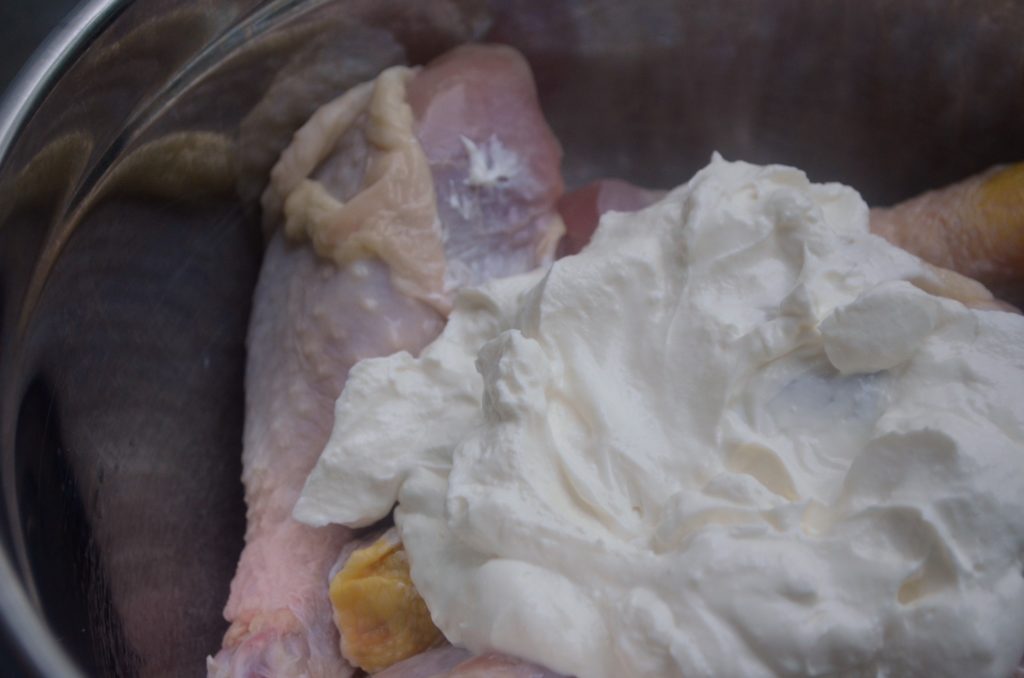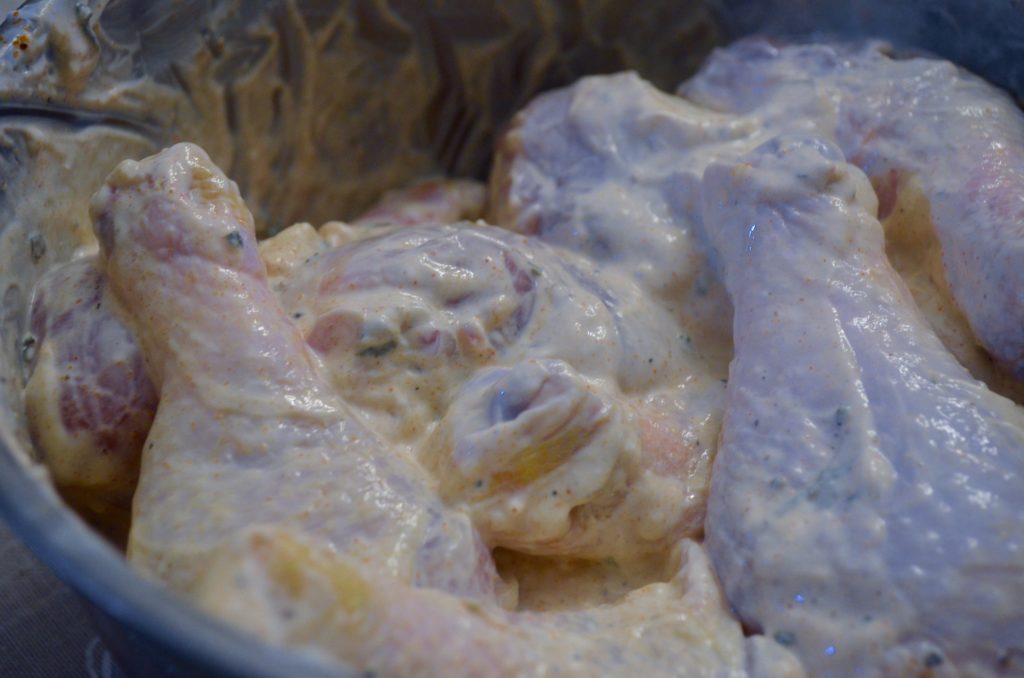Marinating is a crucial step in preparing any meat, but it’s pretty easy to do once you know the basics. The mix of seasonings, oils, and acids provides the final flavor that comes out when your dish is all finished cooking, so what you put in definitely matters. You could always stick with the plain ol’ lemon juice and vinegar to flavor your meat, or you could try something new – marinating with yogurt. You probably already have some in your fridge as a morning snack, so save that last bit for prepping dinner tonight.

Photo by Jedd Marrero
Yogurt primarily functions as a tenderizer, the way that other acids (including citric juices) work in marinades. The lactic acid is milder, however, breaking down the toughness of the meat and proteins without making it too mushy, which seems to be a problem with other acids. Together with the microbes in the yogurt, the lactic acid makes for a tender meat that is neither tough nor squishy, which is just the way it should be.
The creamy marinade also works to enhance the flavors of the spices that you put in the mix, similar to the way that they do in hot oil. The yogurt provides a strong foundation for the seasoning, allowing it to spread easily and stick to the meat, rather than merely touching it as it would with liquid marinades. Spices come off as more fragrant and flavorful, adding both an initial tang from the yogurt and the flavor from your special mix of seasoning. Some cultures have already picked up on this juicy tip, including India, which explains why their Tandoori chicken is always so tender.

Photo by Jedd Marrero
When making your yogurt marinade, typically start with plain yogurt, unless you want to add the respective flavors to your meat. But really, does anyone want key lime-flavored chicken? I tend to use plain greek yogurt, simply because it’s richer, tangier, and thicker than traditional yogurt, and it works wonders towards the eventual, finished dish. The rest of the steps of a traditional marinade apply, so you want to use a resealable plastic bag and toss it in the fridge for a few hours before cooking. The final outcome is grand, I promise.




